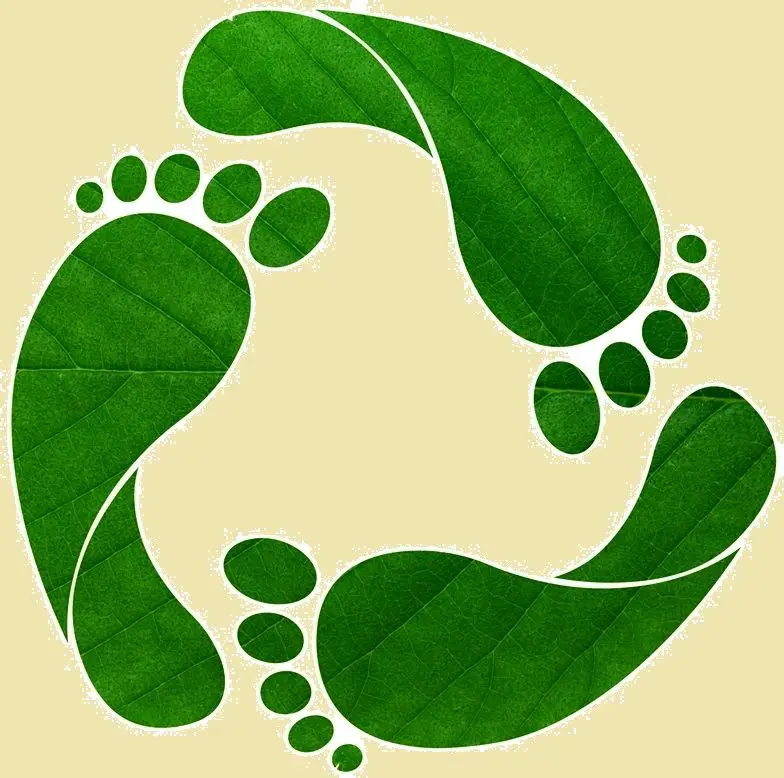
The basic elements for a man to survive are food, clothing, and shelter and we utilise the natural resources to fulfil these needs. But have you ever wondered how much resources do we use? This is answered using the Ecological Footprint. All the resources we use for our needs comes either by using natural resources directly or by using these resources indirectly as raw materials for production purpose. For example, food and electricity must be produced using raw natural resources.
Relation with Ecological Reserve
It can be compared to a bank statement which shows the incomes against the expenses. Just like this, the footprint shows the populations’ demand for resources against the populations’ supply of resources.

Populations demand means how much the population of a particular place or state or country needs for living. It can be only stated by how much the people are consuming. It includes demand for plant products, fibre products, forest products, livestock, infrastructure, and forest to absorb its carbon dioxide emissions from fossil fuels. Coming to the supply, it is the biocapacity of a particular region. Biocapacity is the biologically productive land and sea area which includes forests lands, grazing lands, cropland, fishing grounds, and buildings. It is the actual capacity or the supply of the country.

Measurement of Footprint
Footprints show the amount of nature that is available for a defined population of an area concerning how much amount the society needs to carry on its current activities. In simple terms, its open nature by the amount of required quality to survive. To analyse this, analysts first examine different types of natural and manufactured materials and services used and then they use different calculations to convert these numbers into a land area. These footprints can be measured for an individual level, for cites, for regions, for states, for countries and even for the entire planet. The size of a footprint will vary depending on the volume and different types of natural resources consumed by a population, which in turn depends on lifestyle choices, income levels, and technology. Thus, footprints provide compelling evidence of the impacts of consumption.

They say that many countries are “in the red,” which means they use more natural resources(footprint) than their biocapacity. They are running an “ecological deficit.” When a country’s bio-capacity is greater than its population’s consumption (footprint), the country has an “ecological reserve.” An ecological deficit occurs due to liquidating the own resources by overfishing, importing resources and by emitting more carbon dioxide than their ecosystems can absorb.



